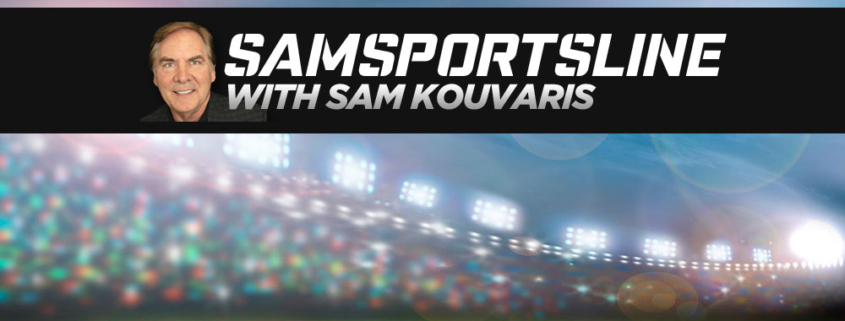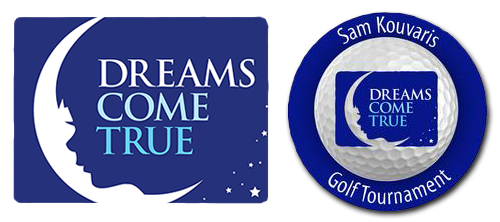NASCAR: Looking To The Past To Find The Future
It was about racing.
From the inception of what is now known as NASCAR through the beach driving in Daytona and onto the 2.5 mile tri-oval through the rule changes designed for speed and safety and all the way up to about 2000, driving at Daytona was all about racing. Finding speed was always the key, either by being better than the rules or just bending them a bit.
Walking through the garage area you were just as likely to find the drivers elbows-deep in the engine under the hood as you were seeing them on a slider under the chassis. They knew the car. Most of them helped build them. The car was an extension of who they were. If it didn’t feel right on the track, they’d whip into the garage, jump out of the drivers window, unlatch the hood and grab a wrench.
If you wanted to talk with Richard Petty, he was probably going to be talking to you while using a grease rag to wipe his hands. Cale Yarborough talked about driving that “MC Anderson Valvoline Buick” as if he was piloting a supersonic jet. And in some ways he was. “At 180 you have time to do this,” he told me as he jerked the imaginary steering wheel to the right. “At 200, you’re on it already.” Dale Earnhardt was elusive and almost made a game of disappearing and then all of the sudden being in the car and rolling onto the track. Walking through his garage one afternoon during Speedweeks after practice I found him sitting on the floor, by himself, leaning up against the wall.
“You OK?” I asked
“Yup,” he responded without looking up.
I figured I’d take a chance and sat down next to him. He never gave me a glance.
“Learn anything out there today,” I said after a minute or so of silence.
That’s when he looked right at me and said, “Learned I don’t have enough car to win.”
What do you say to that? So I just sat there. And so did he. I suppose contemplating how to make the car faster. After a short while, he got up and walked away.
“See ‘ya,” I called after him.
“Yup,” he answered without turning back.
You knew who had the best chance to win before the green flag even dropped. Certain cars had money; everybody else was scraping it together for the race.
While NASCAR was the first sport to embrace sponsorship as part of the “game,” the drivers knew how to fit it into the conversation as part of any sentence.
The “STP Pontiac” and the “Wood Brothers Ford” were part of the lexicon of the sport. They knew what kept them driving. And they knew it was their relationship with the fans that kept the attendance high, the merchandise sales going and the payouts increasing. That’s why “the King” would sign autographs ’till the last person was happy. Why Cale called to me across the garage and asked, “Where you been boy?” when I moved from Charleston to Jacksonville and he no longer had a Charleston TV station connection he could watch from his home in the Palmetto State. When NASCAR couldn’t figure out how to keep the crews in line when it came to following the rules, they plucked the guy most known for skirting the regulations to police the rest of the teams. They hired the crew chief who was driving them crazy looking for ways to “get around” the rules.
When their most popular driver died at Daytona on the final lap, NASCAR revamped their whole safety structure, requiring a safer cockpit for the drivers and even changing the cars, trying to move the sport forward.
They’re raised and lowered spoilers, put restrictor plates on the engines and gone through a half dozen “generations” of cars looking for safety and speed but still trying to find that “racing” heritage that made the sport what it is today.
So many fans I know have tired of the pack racing that happens at Daytona. It’s an aerodynamic race now. While drivers used to shift 1,000 times during the 500, now once they’re up to speed, their foot is on the floor all the way around the 2 ½ miles.
The sport is still driven by the personalities of the drivers. They’re all fast, hundredths of a second separating the first from the 43rd qualifier. Matt Kenseth and Denny Hamlin won the qualifying races, contested at night for the first time on Thursday. Both admitted they have fast cars but said, “Everybody’s fast. Anybody can win. Honest.”
While the spectacle of “The Great American Race” will carry the day as Luke Bryan performs and the Air Force Thunderbirds perform the flyover we can only hope the racing will be as exciting.



